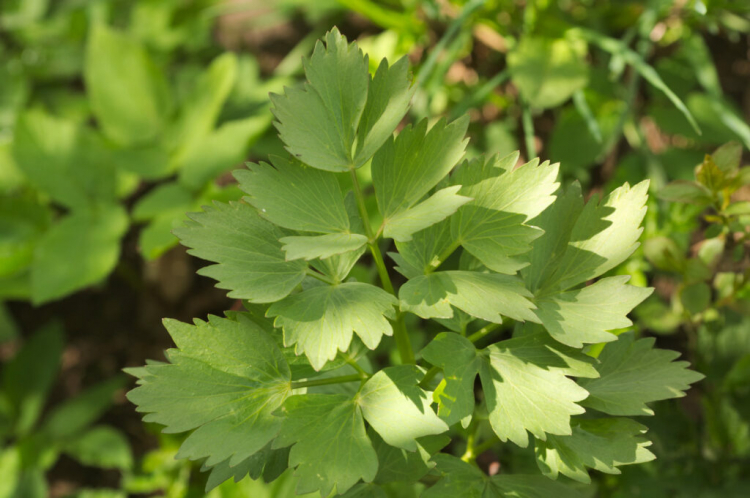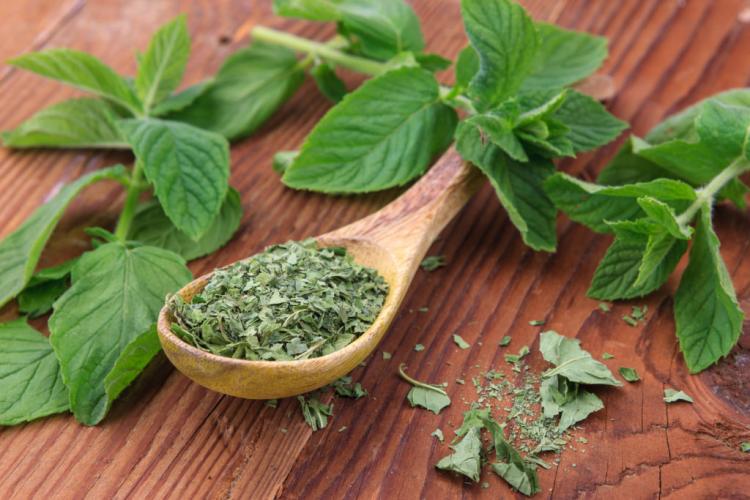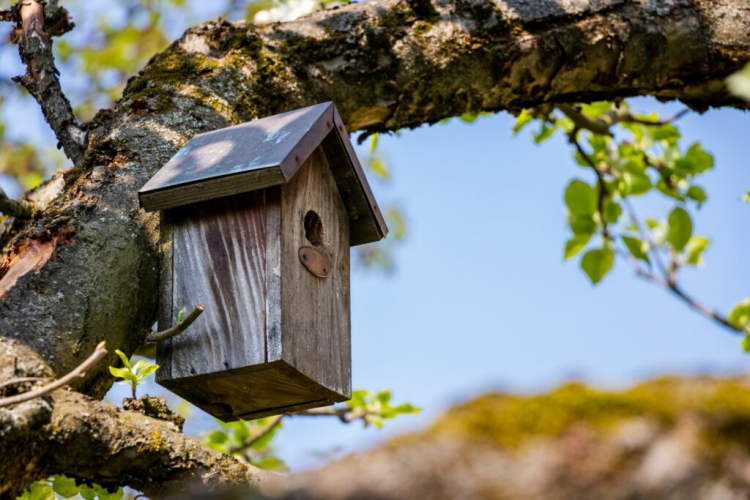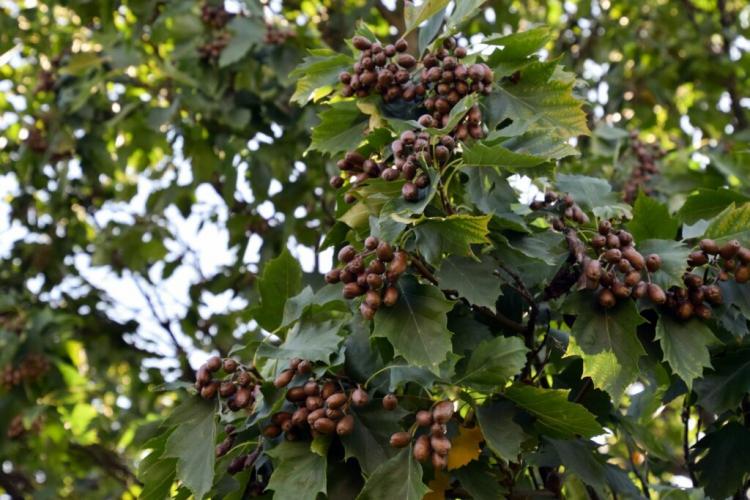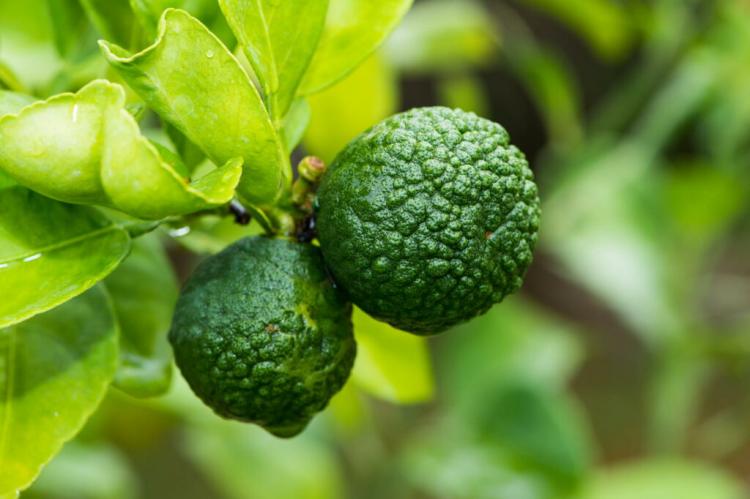Lovage: Maggi Plant From The Herb Garden
Lovage is very popular in local herb gardens. We have compiled everything for you about the cultivation, location, and use of the Maggi herb.
Lovage: origin and characteristics
Table of Contents
Lovage ( Levisticum officinale ), like so many other herbs in your own garden, belongs to the umbelliferous family ( Apiaceae ). Its winter hardiness, several years of age, and the herbaceous and non-woody shoots characterize the lovage as a classic perennial. The lovage is also often referred to as the Maggi herb, as its characteristic flavor is reminiscent of the brown seasoning sauce, even if it does not contain the herb at all.
The Maggi plant originally comes from the Middle East. With a height of up to 2.5 m, the imposing giant towers over everything else in the herb bed. The yellow-flowered Umbelliferae are extremely undemanding in their care. We will show you which little things have to be considered from sowing to storage.
Lovage varieties
The chapter on the variety of lovage can be dealt with very quickly. There are no varieties of Maggi herb with specific properties to be found on the market. The simple rule here is: lovage is and will remain lovage.
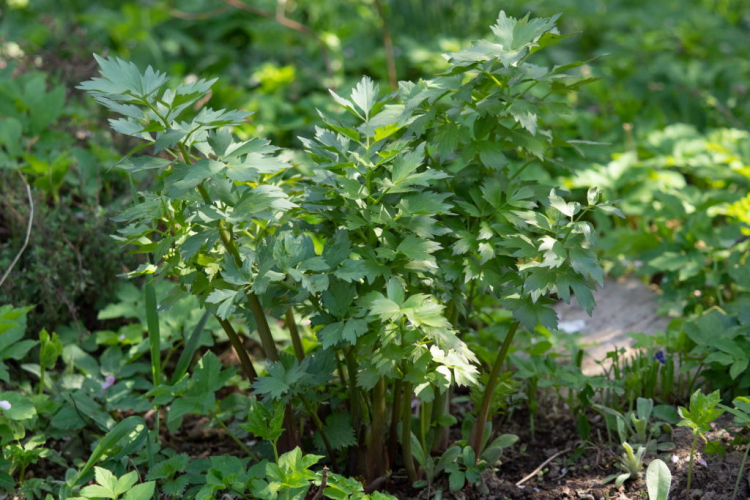
Planting lovage: the right location
A sunny spot in the garden should be selected for lovage. But the grateful giant herb does not stand across if it only gets a partially shaded place in the garden.
The soil should be well-drained and rich in humus. The Maggi herb abhors waterlogging. For this reason, a substrate with sand or gravel should also be used when growing in pots, which nevertheless has good water holding power. Since the herb shows such impressive growth, a larger vessel should be selected from the outset when cultivating in the pot.
Propagate lovage: sowing and dividing the magic herb
One way to propagate lovage yourself is of course to sow it. The seeds can be sown directly into the bed either in late autumn or in spring from April. At around 15 ° C, it takes around 15 days for the first seedlings to see the surface of the earth. Of course, you can also help a little and sow the seeds on the windowsill or in the warming cold frame as early as the beginning of March. So it is possible to plant the Maggi herb at the beginning of May with a growth advantage.
Propagating the lovage by cuttings is not common, but it is advisable to propagate the herb by dividing it. Lovage forms a system of subterranean shoot axes – so-called rhizomes – in the earth. New plants can easily be produced from these subterranean shoot axes by dividing them. To do this, the plant is dug up in late autumn, when the lovage is not growing, and the rhizome of the mother plant is cut in the middle with a spade. Both parts of the plant are then planted back in the bed – with a minimum distance of one meter. A bit of compost or organic fertilizer and a good supply of water then ensure good growth.
You might so like: Speedwell: The Medicinal Plants In The Garden
Caring for lovage
The lovage has a healthy thirst and is happy to be given plenty of water on very sunny days. In general, regular watering is only necessary for very sandy soils; moderate watering is usually sufficient.
Mainly organic fertilization at the beginning of the year is actually completely sufficient. If you want to supply your lovage with nutrients more often, this should be done at regular intervals and not too often. However, you should stop fertilizing at the latest when the flowers have formed. Organic universal fertilizer is ideally suited, as it releases its nutrients slowly and gently to your lovage.
Harvest lovage
It makes the most sense to harvest the fresh young shoots of the Maggi herb from May for use. These are namely the most intense in the aroma. In addition, the harvest should take place before the start of flowering to be able to exploit the full aroma. In this way, the flower can also be cut out prematurely to extend the spicy harvest time.
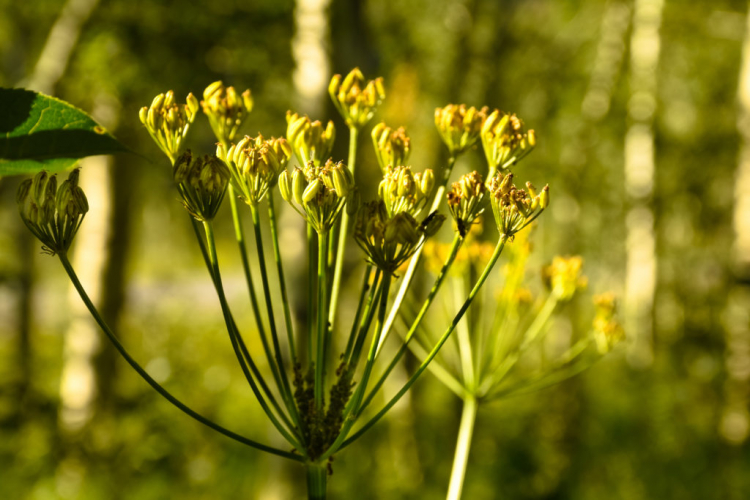
The young, sprouting shoots can also be cut off just above the surface of the earth. This promotes new growth and the robust perennial has no problems whatsoever with constantly sprouting new shoots from the earth. Nevertheless, you should allow the vigorous herb some time to rest and let it bloom. If the season continues towards summer, the proportion of bitter substances increases. Therefore, and to give the plant the possibility of normal development and storage of nutrients in the vital rhizome, the harvest of fresh lovage shoots should be stopped in summer around July.
Depending on how the lovage is used, the rhizomes may also be of interest. Either late autumn or spring is ideal for harvesting this underground stem axis. Infused as a tea, the rhizomes are very effective as dehydrating and diuretic medicine. If you want to use the healing properties of the lovage rhizome, you should start the spade preferably in late autumn or early spring. Then all the above-ground parts of the plant have dried up, the soil is usually frost-free and the essential oil content is highest due to the winter deposits.
Store and preserve lovage
As with all herbs, the use of fresh lovage brings the greatest benefits. Nevertheless, there are numerous methods of preserving the lovage and preserving its aroma over the long term.
Dry the lovage
For the lovage, air-drying in a place with little light has proven particularly useful to extend its usability. The low incidence of light reduces the loss of aromatic substances during the drying process.
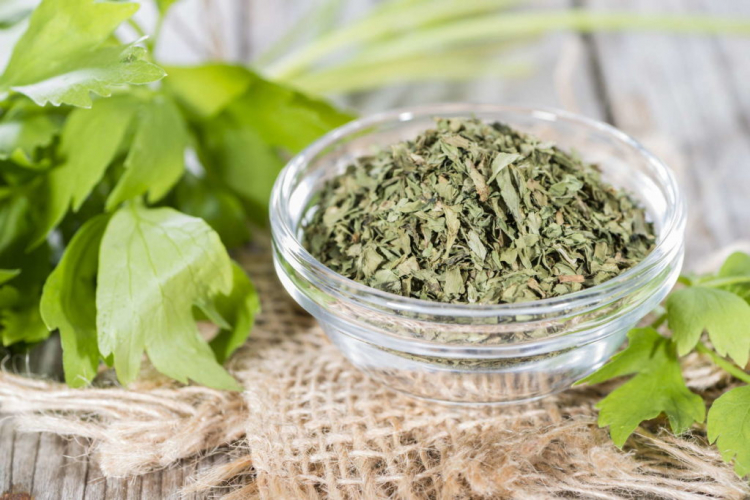
Simply tie a few shoots and hang them upside down in a dark, dry place to dry, and the intense aroma will be preserved for at least a year.
Insert lovage
The aroma of the lovage can also be preserved in vinegar or oil. The characteristic oils that confuse the taste with the liquid Maggi seasoning go into the oil or vinegar. However, it should be ensured that all parts of the plant are surrounded by the liquid. Otherwise, mold can develop quickly.
Freeze lovage
Very finely chopped leaves of lovage can also be frozen. However, this method is not advisable to make the herb last longer. When thawing, the herbs become mushy and lose their consistency.
You might so like: Sansevieria Trifasciata (Bow Hemp): Expert Tips On Fertilizing And Repotting
Use lovage
Lovage is most often used as a spice in the kitchen. The perennial is also known as the Maggi herb due to the characteristic aroma that rises into the nose when the leaves are rubbed.
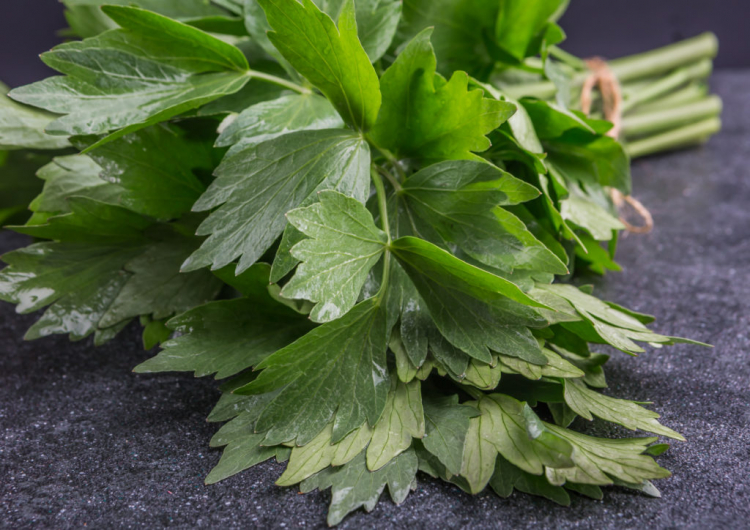
The spicy leaves, finely chopped up, look particularly good in soups, stews, meat, and mushroom dishes. The leaves of lovage are confusingly similar to flat parsley, but the taste of the perennial is more reminiscent of celery – with the difference that lovage is even spicier and a little bitter.
Incidentally, the bitter note increases with the course of the year. Too late in summer, lovage dried at an earlier time of the year should therefore be used in the kitchen. By the way, the dried seeds of the lovage can also add flavor to the kitchen. Fruits are also an old medicine for digestive problems. And even the rhizome is used as a remedy. After drying, rhizome parts can be infused as tea and, thanks to the dehydrating effect, help with urinary tract infections, for example.
